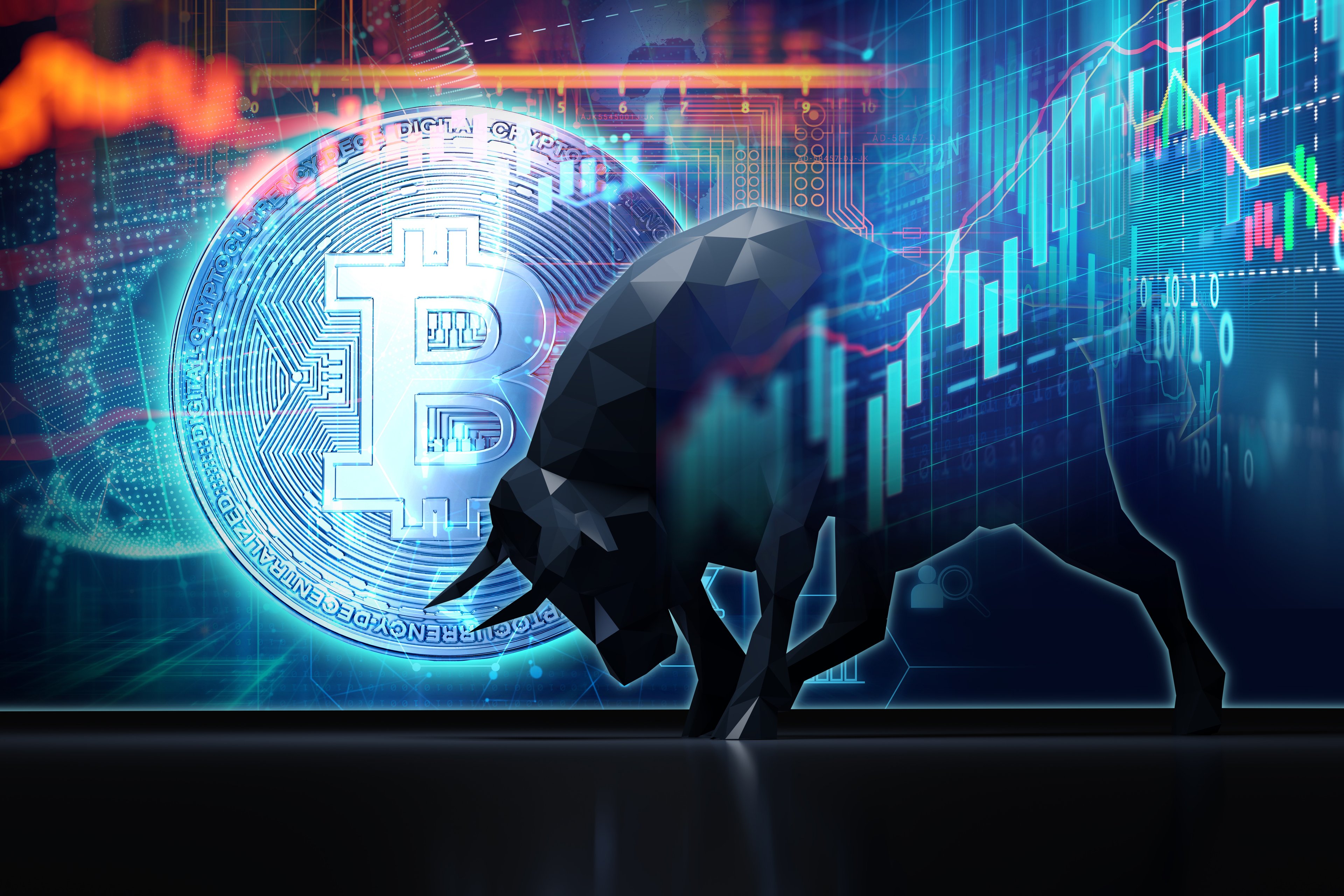XRP (XRP 1.75%) has been on an incredible run since the 2024 presidential election. It's up 559% over that time period, going from a price of about $0.50 to $3.30 at the time of this writing (Aug. 9).
Investors believed a crypto-friendly Trump administration would be good for XRP, and they've largely been proven correct. On Aug. 7, 2025, XRP's parent company, Ripple, and the Securities and Exchange Commission (SEC) jointly agreed to drop their appeals, bringing an end to their long legal battle.
Many crypto analysts are expecting XRP to keep growing over the next five years. Asset manager Bitwise believes XRP could rise to $12.68 by 2030 with steady growth, but it also gives a range of $0.13 to $29.32 depending on XRP adoption. Geoffrey Kendrick at Standard Chartered has made a price prediction of $12.25 by 2030. I'm predicting that XRP will cost $10 in 2030 -- not quite as much, but still an impressive 25% annual return. Here's why.

Image source: Getty Images.
Ripple's role in cross-border payments
Ripple, the company that developed XRP, is aiming to disrupt the international money transfer market. Specifically, Ripple built its own payments network as an alternative to SWIFT, the Society for Worldwide Interbank Financial Telecommunication. Most financial institutions currently use SWIFT, which processes about $150 trillion per year in annual transactions, for cross-border payments.
But Ripple offers significant advantages in speed and cost. Transactions on Ripple's blockchain network typically settle in three to five seconds. SWIFT transfers sometimes take three to five days. Ripple's transfer fees are just a fraction of $0.01, whereas SWIFT transfers can cost $15 to $30.
XRP serves as a bridge currency on the Ripple network as part of its on-demand liquidity (ODL) feature. Financial institutions can use ODL to convert fiat money into XRP tokens, send an international payment, and convert those XRP tokens into the recipient's currency. They aren't required to use XRP, and in fact, many banks use Ripple for money transfers without using XRP. But increased adoption of Ripple could also lead to increased adoption of XRP. And since Ripple is the issuer of XRP, it has a vested interest in incorporating the cryptocurrency into its payment network.

CRYPTO: XRP
Key Data Points
In June, Ripple CEO Brad Garlinghouse said that Ripple could capture 14% of SWIFT's annual volume in the next five years. That would amount to $21 trillion in annual transactions. I'm skeptical of Ripple getting there by 2030 -- it has processed over $1.5 trillion in transactions total since 2012. It's not an all-or-nothing proposition, though. Even if Ripple takes a small slice of SWIFT's pie, that could lead to substantial growth in its usage and in XRP's value.
ETF approval could be XRP's next major growth catalyst
After a lengthy wait, the SEC approved the first spot crypto ETFs for Bitcoin and Ethereum last year. Bitcoin and Ethereum are the top two cryptocurrencies by market cap, and considering that XRP is third, it would seem like the next logical choice.
On Polymarket, the odds of XRP ETF approval in 2025 are currently at 82%. Even if it doesn't happen this year, spot XRP ETFs will likely be a reality in the near future.
For XRP to keep growing, it will need more investors, and particularly institutional investors, to continue buying. ETF approval would be positive news and would provide another avenue to invest in XRP.
Since the first Bitcoin ETFs started trading, Bitcoin's price has increased by 155%. If XRP has similar results, that would push its price past $8. Of course, it's not an exact science. Ethereum's price has only risen 14% in the year and change since its own ETF approval.
The recipe for XRP to hit $10
Ripple is still in the early stages as a payment network. If it can achieve more widespread adoption over the next five years, XRP should grow along with it. Combine that with ETF approval, and XRP may hit $10 or more in 2030.
However, XRP is volatile, and the crypto market is one place where anything can happen. If negative news comes out about XRP, it could plummet. I think Bitwise's price range of $0.13 to $29.32 for XRP provides a fairly good idea of its range of possibilities. You could make or lose a lot of money on your investment. For that reason, XRP should only be a small part of a larger, diversified portfolio that also includes plenty of less volatile assets, like stocks and index funds.







